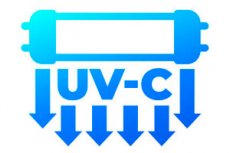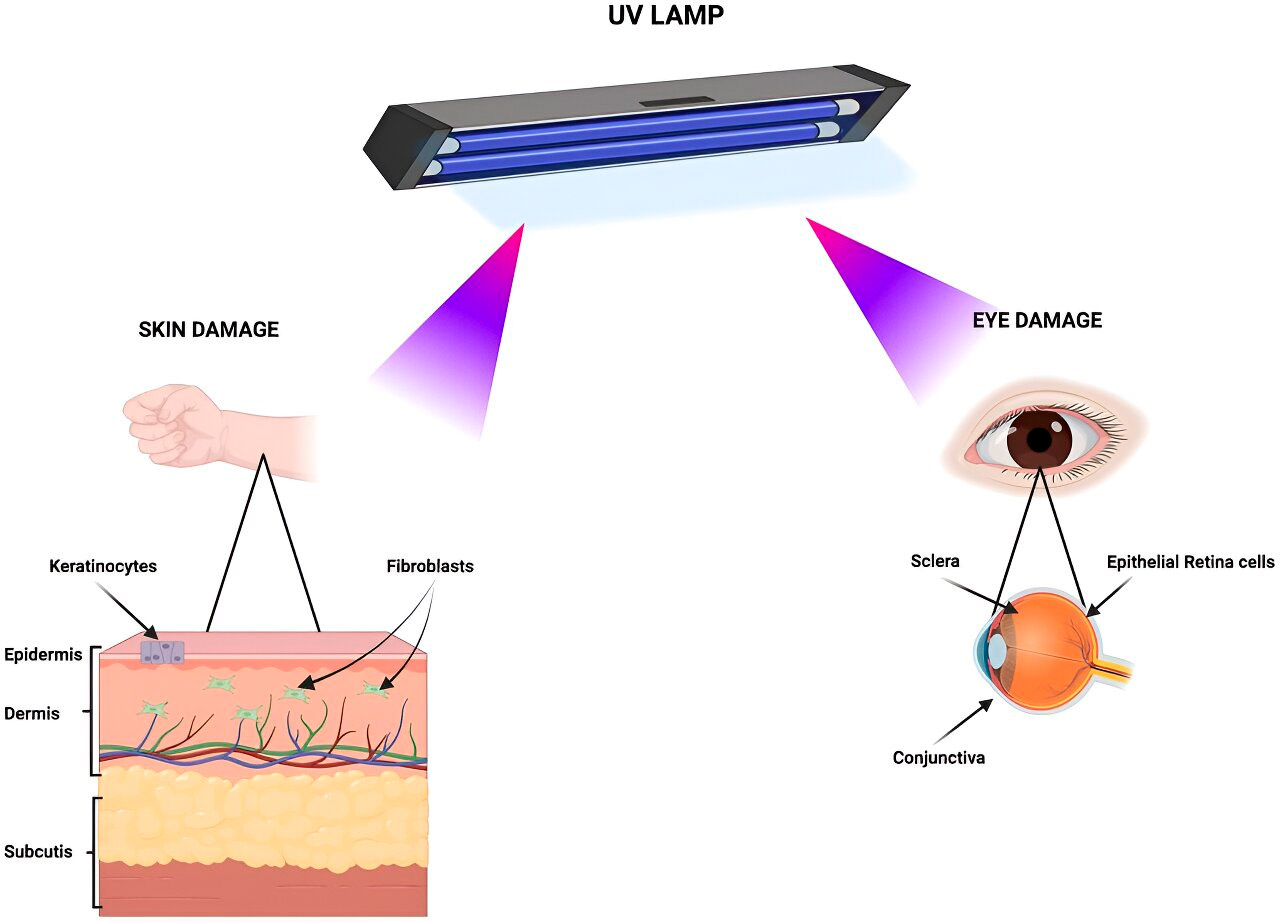
The study, "UV-C germicidal lamps may pose a health risk: a biomolecular analysis of their effects on cell apoptosis and aging," was published in Aging magazine.
The fight against the COVID-19 pandemic has led to increased levels of vigilance in the global health system and the proliferation of various disinfection methods. Among these approaches, germicidal lamps using ultraviolet (UV) rays, especially UV-C (wavelengths between 280 and 100 nm), have gained popularity for home use.
These light-emitting diode (LED) lamps are designed to disinfect air, objects and surfaces. However, there is a problem that these UV lamps are often marketed without sufficient accompanying information to ensure their safe use. It is important to note that exposure to absorbed UV light can potentially cause adverse biological responses, including cell death and aging.
In this new study, scientists Nicola Alessio, Alesia Ambrosino, Andrea Boggi, Domenico Aprile, Iole Pinto, Giovanni Galano, Umberto Galderisi and Giovanni Di Bernardo from the University of Campania Luigi Vanvitelli, Regional Laboratory of Public Health in Siena, Italy, ASL Napoli 1 Centro P.S.I. Napoli Est-Barra and Temple University conducted a series of studies aimed at understanding the biological effects of exposure to UV-C radiation from affordable household lamps.
"We focused on retinal epithelial cells, keratinocytes, and fibroblasts, which make up the skin and eye, which are frequently exposed to UV radiation," the researchers wrote.
Their results highlight the potential for harm associated with even short-term UV exposure, leading to irreversible and destructive changes in both skin and retinal cells. Notably, retinal epithelial cells showed increased sensitivity, marked by significant apoptosis. While keratinocytes were resistant to apoptosis even at high UV doses, they were prone to senescence. Meanwhile, fibroblasts showed a gradual increase in both senescence and apoptosis with increasing radiation dose.

Major biological targets of UV exposure. Cartoon depicting tissues and cell types susceptible to damage when exposed to UV light. Created with BioRender. Source: Aging (2024). DOI: 10.18632/aging.205787
"In summary, despite the potential benefits offered by UV-C for the inactivation of pathogens such as SARS-CoV-2, it remains clear that the concomitant risks associated with UV-C to human health cannot be ignored," the researchers conclude.

